To some, cleaning is just breathing on the binos glass and using a small piece of cloth to wipe it. However, maintaining optics is not simple like that. Let us instruct you the right way on how to clean your binoculars.
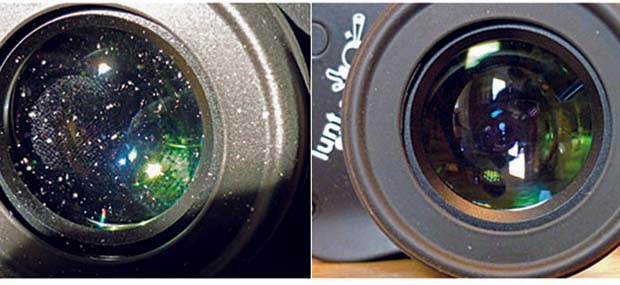
Stop cleaning your binoculars in the wrong ways
Cleaning a binoculars is often done wrongly, most just assume a “breathe blow” and “wipe” gets the stains off, a primary ingredient of dust is silica; these means tiny rocks which is harder than glass, rubs across the eyepiece and this gouges microscopic scratches into the glass and the ultra-thin coating on the lens. Scratches can’t be seen because they are small but they scatter light and over time images start becoming blurry.
And don’t ever think about using these materials to clean your binoculars. Otherwise, your binos will be ruined even faster than being thrown on the sidewalks
- Handkerchief
- Windex
- Bandana
- Household cleaners
- Sleeves
- Compressed air blower
- Dish soap
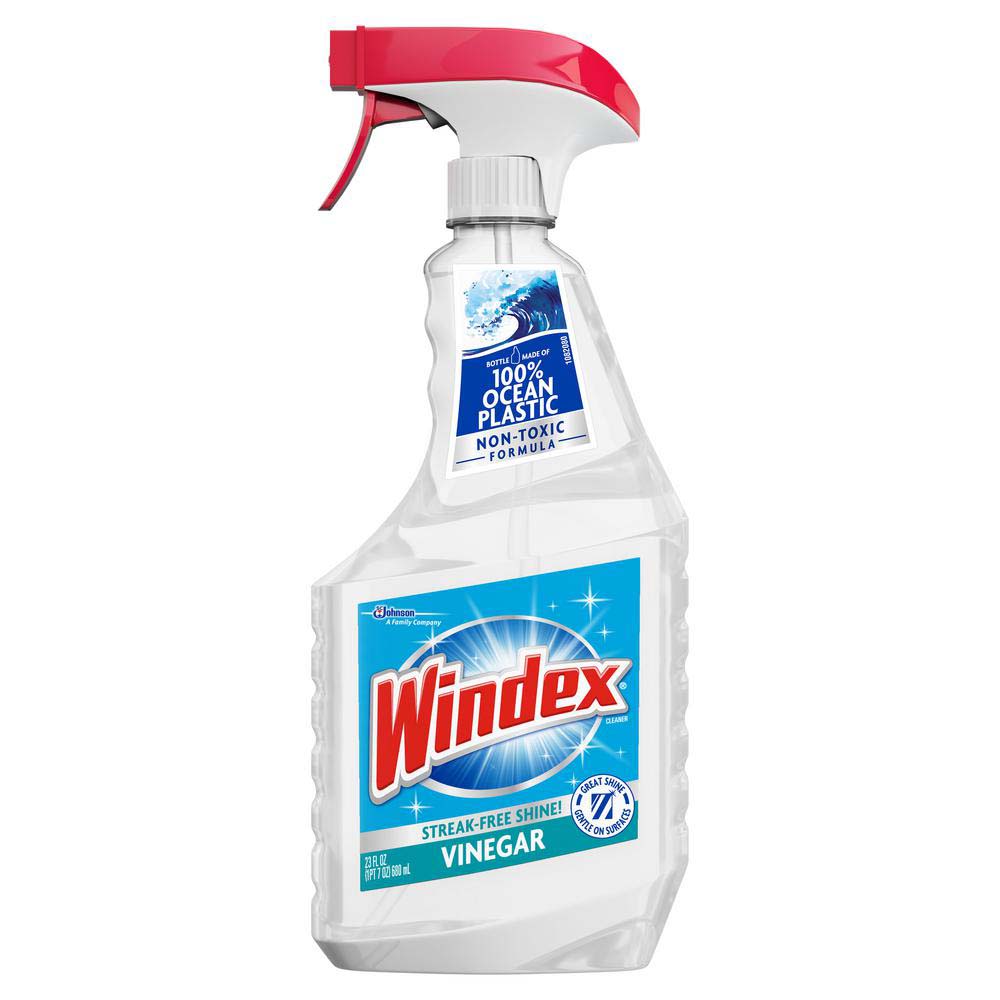
Steps for proper cleaning of the binoculars
We have looked closely at how binoculars shouldn’t be cleaned, now we would love to explain how it should be done to avoid damaging the binoculars, kindly follow these steps:
First step
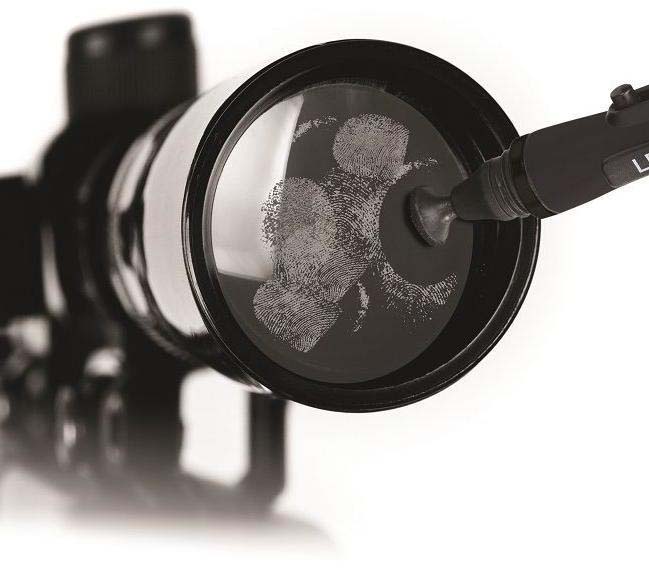
Remove all the loose dust from the binocular’s lenses. The brush end should be applied, it is soft and won’t harm the glass or coatings (it is best held vertically downwards to allow the dust to fall off). Can of air be used to blow, you are not allowed to blow air with your mouth our breath has little droplet quantity of water.
Second step
Moisten a Q-tip with water or a lens cleaning solution then remaining dust will float if your binoculars are waterproof you can just put it under a tap and allow it run on it but don’t squit it hard. Don’t use fluids for cleaning glasses or windows, it might attack the coatings.
Third step
Now that the dust has been removed, the lens can be wiped with lens tissues, a special microfiber lens clothe, or a piece of very soft cotton fabric. Do not use a paper towel or facial wipes as they are also rough. They often include wood fiber that will scratch your lens or its coating.

Following are some recommended tools that you should use for cleaning binoculars:
- Lens cleaning kit
- Lens pen
- Included cleaning clothes
- Lens dust blower
- Fine microfiber clothe
- Isopropyl based lens cleaners
- Optics manufacturer-recommended lens cleaner for coated lenses
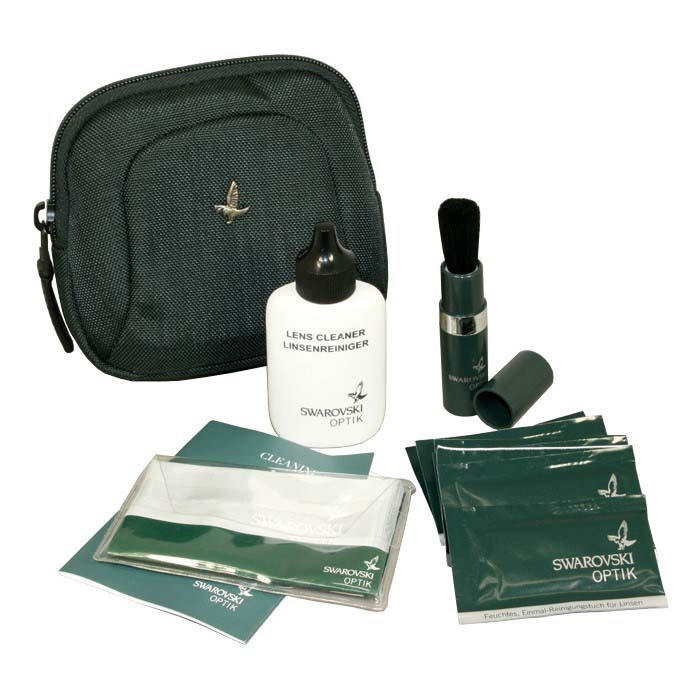
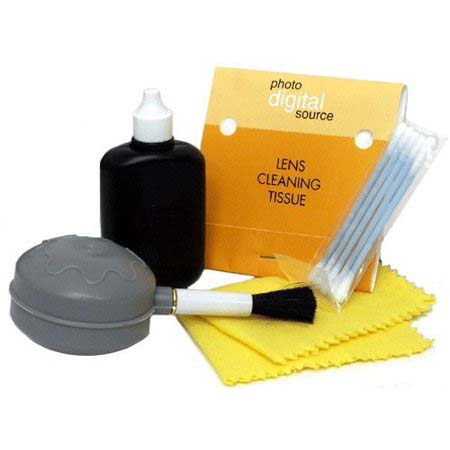
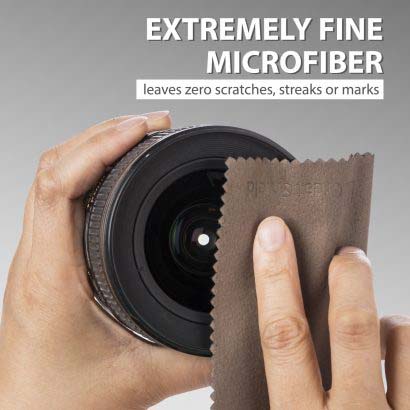
More tips for cleaning binoculars
Using lens caps
Binoculars often come with these, this is the best way to protect and keep your lens clean. It is best to put them on even when binoculars are around the neck, put them on also when putting them away.it is also recommended to put them on while eating to prevent food from dripping on it( in this case it serves as a food guide). The caps have diverse names but just one goal, which is to protect the lens.

Dust handling
Dust is usually the main reason we even want to clean our binoculars, seeing your Binos all dusty can be very annoying and disgusting hence, the need to clean arises. But as we said earlier, the cloth shouldn’t be used to clean, dust is particles of silica and when friction is applied to this, the surface of the lens is scratched making it blurry and eventually dropped in performances. The included cloth that came with the binoculars is an excellent tool to use. It is best to use very clean microfiber cloths on your lenses. Always keep this cloth clean and free from collecting dust and debris to ensure this, it is best to keep it airtight and sealed until needed.
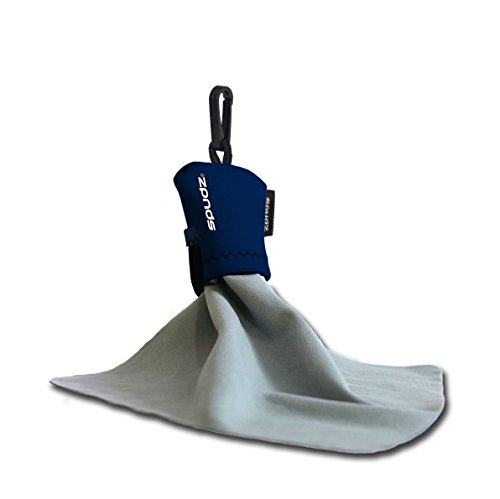
Exterior cleaning
Exteriors tend to take a lot of specks of dirt and damage, it’s always the side that first has to deal with dust, weather, sticky palms, dirty hands, and even gloves it takes the denting when it is dropped to the ground. The best part is that it is made to take all those damages. The durable rubber armor protects the housing-Bino and the lenses all these without showing a scratch. Cleaning the exterior is very easy, just get a damp cloth and clean the entire body down
Cleaning with solutions
Sometimes your binoculars require elbow greasing, this can’t be achieved by dusting. Water spots, fingerprints, mud eventually turn up. If you use waterproof binoculars, you can simply run it under a tap. A gently running tap could help a lot then appropriate clothing could be used to clean it. If your binoculars aren’t waterproof then you can wet the end of a q-tip and use that to remove hard spots and smudges from the lenses. Lens cleaning solutions specifically designed for optics and camera lenses can also be used. Don’t spray cleaning solutions directly onto the lenses. It can damage the seals around the assembly.
Do not clean the inside by yourself
It is advised you don’t do this, just leave it alone! By dissembling you can void your warranty, you must deal with assembly after dissembling. To do this you’d need some tools such as a screwdriver, small flat head screwdriver and other tools necessary for dissembling. If something has gotten into your binoculars, it is best you contact the manufacturers under the warranty time. This way you avoid damaging the binoculars by mishandling important inner components.
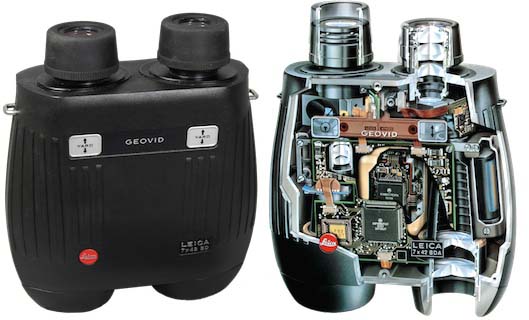
Sum up
You have gone through a long way from choosing your most favorite binoculars, then spend a huge amount for purchasing it. Don’t let a wrong way of cleaning and maintaining ruin your binos after all.
Strictly follow our advice on how to clean your binoculars, the age of binos can even longer than its expected life span. And you can keep seeing rare birds or trophy bulls with optimal image quality.
Vilis-bino
Binocular 101: All basic topic for beginer
